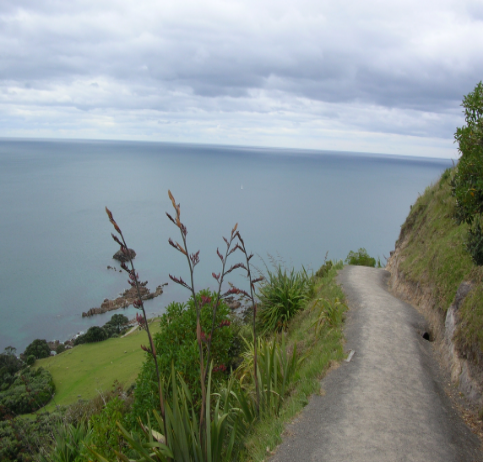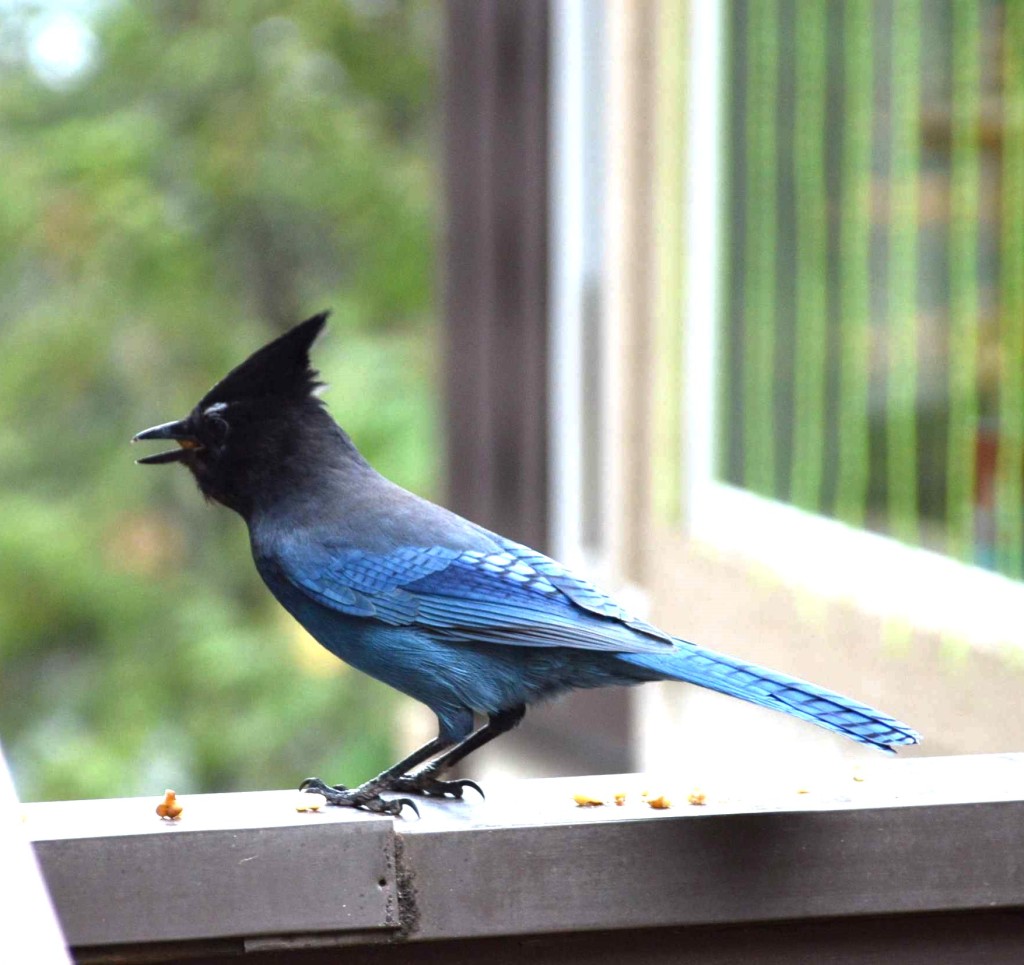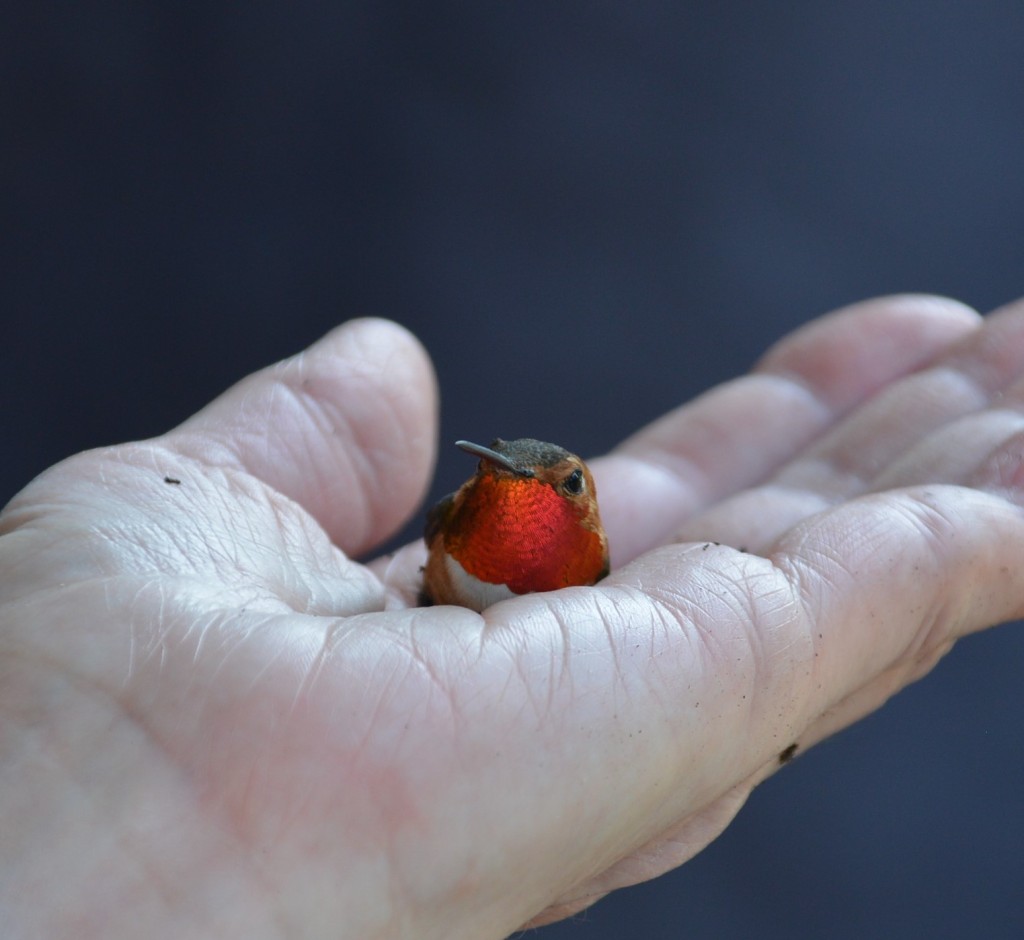It’s said a favorite pair of shoes is like a best friend. You know, it’s true. My best-ever hiking boots are no more, and I miss them! We spent countless hours together on trails over the past couple of decades. Those boots share pride of place in my memory among the journal entries and photos. The scrap books with collected memorabilia. A few souvenirs on display. No matter where we went, I could always count on those boots!
So, I decided to honor them with a poem….
I bought these boots for walking
On every type of road.
With comfy fit they filled the role
Of faithful travel mode.
We hiked up trails on mountains
With volcanoes at their core.
In river valleys, thermal springs
I’ve never wished for more
Forest grove or desert canyon,
Prairie grassland, sandy beach.
In spring and fall, in rain or sun
None were out of reach

In western parks and campgrounds
Overseas or close to home,
We’d go where nature lured us
Both far and wide we’d roam.
A summit often beckoned
Or a path to soothe the mind.
Sometimes history called us–
More often, birds to find.
For 14 years, we shared the road
Til heels began to wear.
A fix, like new, and off again,
No thoughts of a new pair.
And then….a parting of the sole
Foretold the final tale.
Duct tape and glue a short-term fix
Eventually to fail
Time to turn the page, but still
Those boots, like memories, stay
Part of each new path I walk
Like friends not far away.
It’s time to store away the winter boots, bring out the waterproof hiking shoes I bought last spring. We began what will hopefully be a long friendship at the Giant’s Causeway in Northern Ireland. So far, so good. Where to next?






























